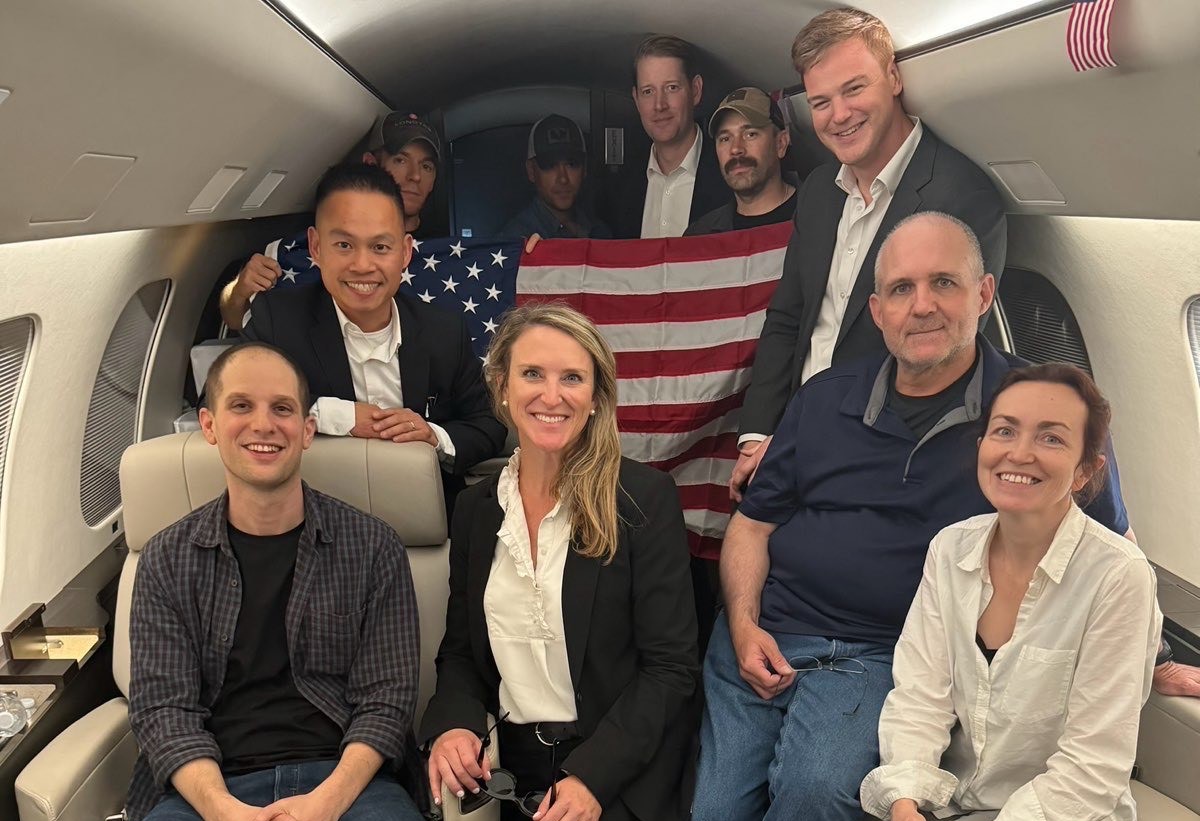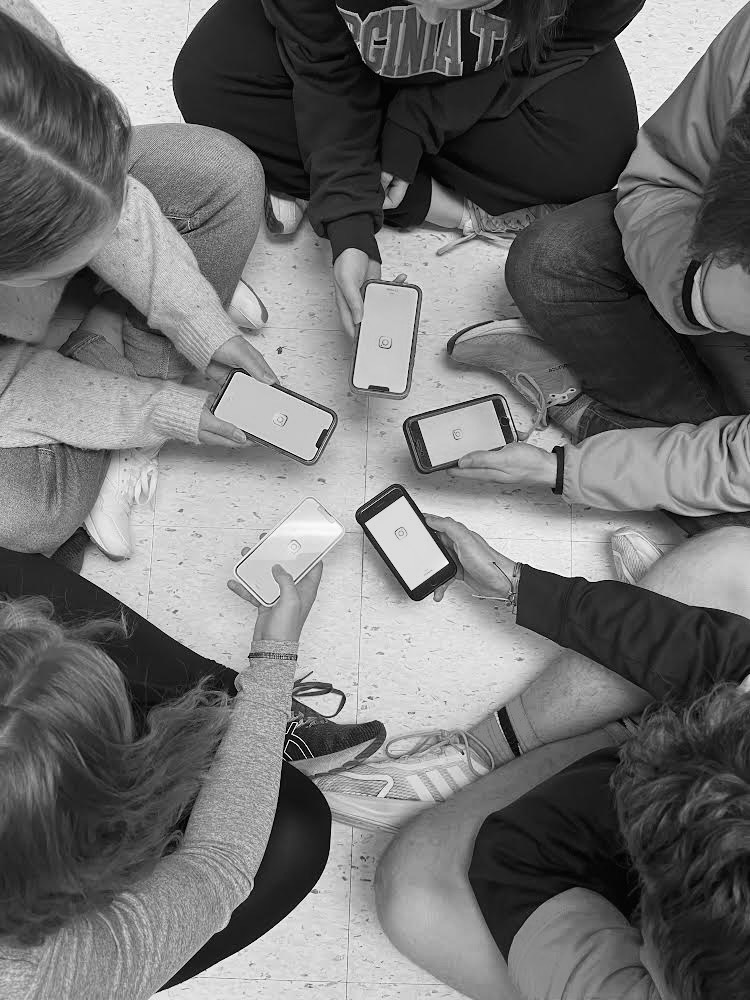Sweat beads, bitten off fingernails, and trembling hands consume anxious students who are combated with the life changing decisions that come along with post-secondary planning. For many, the future “what-ifs” come about in high school as the gates to the real world are soon to be opened. With millions of high schoolers around the world, the school systems and high school career preparations vary from country to country and even continent to continent. A student’s school can play a major role in their preparation for life outside of high school.
Just across the Atlantic Ocean lies the European Country, the Netherlands. Similar to the U.S., Dutch kids start their education through primary school for eight years and move onto secondary school at about the age of 12. During this graduation from primary school and transition to secondary school, students are assigned a track. This track is based upon many factors, the biggest being their academic strengths and interests as assigned by their teacher. “I feel like assigning a track could be helpful, setting you up for what you want to do, but I feel like [that] is really young to pick what you want to do for the rest of your life,” said Robinson senior Campbell McCracken. “When I was eight I wanted to be a princess. I don’t think I knew what I wanted to do when I was older.”
In the Netherlands school system there are three main tracks, preparatory secondary vocational education (VMBO), higher general continued education (HAVO), and preparatory scientific education (VWO). Each track has a different graduation time, depending upon difficulty. VMBO has a 4 year timeline, HAVO 5 years, and VWO 6 years. Due to the age of students at this time, these tracks are flexible, given that a student’s strengths and interests may change over time.
When asked her opinion about our original model and models like the Netherlands being applied to FCPS, Fairfax County Superintendent Dr. Michelle Reid said, “I’d like to see a hybrid of the two. I think it needs to be not chosen for students, but I think students need to do the choosing.” Reid feels it is important to allow students the opportunity to leave no stone unturned when it comes to discovering their interests as everyone develops at a different rate. “Our students aren’t widgets so what might work for you might not work for another student as well, so right now I feel a little bit like everyone marches through in the same way,” said Reid. “Maybe having some more options would be helpful.”
Specialization is an important aspect in the Netherlands as schools strive to provide students with materials they enjoy and can see themselves pursuing after high school. The first half of high school in the Netherlands focuses on classes that are heavy in foreign language. Halfway through high school, students choose a profile, similar to a college major in the U.S., but more broad. Hospitality, bakery, and recreation is the first profile for VMBO, the second being care and welfare, the third, green, building, living and interior, and finally the fourth being production, installment, and energy. HAVO and VWO only have four profiles, physics and technology, physics and health, economics and civics, and culture and civics. Through these tracks and profiles, the Netherlands uniquely prepares students for post-secondary life.
“I personally don’t think that the U.S. will ever be able to make a switch to [a model like the Netherlands] because we don’t prepare our students to know exactly what they want to do when they are 15 years old,” said Robinson’s College & Career counselor, Holli Selman. “I also think that America really works on filling young kids time so they don’t have a lot of time for exploration of this.” Selman explained how the U.S. follows a “shopping mall model” for schools, meaning students have the ability to take a wide variety of classes without much depth. “If you think of the IB diploma, you have to take higher level math and social studies and English and foreign language and all the subjects, so you’re getting a lot of different topics, but not a lot of depth in those topics, so it’s a very different model.”
In Belgium, a country in Northwestern Europe, secondary school is made up of three stages where each stage is two years long. At the beginning of stage two, students make a choice out of the four different educational programs. General secondary education (gse) provides a firm and broad foundation for students that does not include preparation for a specific education. Technical secondary education (tse) includes general and technical subjects while secondary education in the arts provides general education with aspects of art. For both of these education plans, students can either apply for higher level education or practice a profession after completion. Vocational secondary education combines general education with the focus of learning a specific profession and requires a third year in order to earn the certificate. At ages 15 or 16, students can enter a system of working and learning if they choose, requiring that students work for at least 28 hours a week.
Robinson junior EloÏse Ricour, moved to the U.S. one year ago from Belgium. Ricour feels as if Belgium school systems have fewer options than Robinson as the classes are more basic. She expressed how students have the option to choose how many hours of certain subjects they take and that students can take multiple languages. “For example, I had French, Dutch, English, Latin, and Ancient Greek,” said Ricour. Belgium schools do not offer electives, but instead, students can participate in clubs that take place after school hours.
“I think they prep you for general things where you really have the basis,” said Ricour. “I think if you really know you want to be a scientist or mathematician, you can take prep classes. You can take up [to] 12 hours of math [per] week so they prep you for that. I think for college it’s better in Belgium, but for your student life I think it’s better here.”
Though FCPS does not follow the specific models outlined above, there are certain measures taken to ensure students feel prepared for post-secondary plans. During elementary school in FCPS, parents can track their children’s progress through their report cards, scaled from one to four. These numbers are based on characteristics like level of frequency, support, understanding, and errors. Students excelling in their classes can also be recommended for advanced classes like Advanced Academic Placement (AAP). After a student graduates from sixth grade, they move on to secondary school. It is around this time when students normally start branching off and discovering their specific interests and strengths.
Here at Robinson, students are able to pursue a wide variety of electives aligning with their passions. Academy classes, dual enrollment, and Career and Technical Education Programs are among other career pathways offered for students across much of the county. Most high schools also provide students with a college and career counselor to help advise students on course selections. In addition, the Middle Years Program along with Honors, Advanced Placement, International Baccalaureate (IB) classes, and the IB diploma, are available in various schools throughout the county for students who wish to excel and go beyond the required curriculum.
Robinson prepares students throughout their high school career for life beyond high school. In Sophmore year students begin working on a resume in Naviance while junior and senior year are focused on the different post-secondary options. Though Selman recognizes that the focus at Robinson is college based as the majority of students go on to attend college, she emphasizes how she and Robinson help students with all kinds of future plans. “Not all students at Robinson or in Fairfax County or any high school all go to college so we offer a few different options for students going straight into the workforce, the military, 2-year college, 4-year college, or specific gap year programs,” said Selman.
Reid believes the people are what make FCPS unique in comparison to other counties. “The quality of our educators is amazing. I’ve had an opportunity to be out in schools quite a bit and our educators truly are amazing and that’s what makes us different.” Selman acknowledges how Robinson and FCPS contains a high level of highly educated parents, making students “in a college going culture from the moment they enter life, but also when they enter school.” Selman said, “I think that because we live in such a worldly area with such high achieving parents, the students have a tendency to be much more creative and ambitious when it comes to educational plans.”
As with any system comes conversations regarding future improvements and FCPS authorities are open to having these conversations. “I think maybe we could do a better job in helping students understand what’s possible,” said Reid. “Furthermore, I would say that the current research is that 84 percent of careers depend on mathematics, or in other words, mathematics will determine 84 percent of your career choices.” Reid believes that it is important to make sure students are fulfilling their math curriculum, at least starting Algebra by eighth grade. “Also, just the knowledge that 65 percent of our students in K12 education across the county are preparing for a career that doesn’t exist yet. So really getting our students to think about anything being possible, that the traditional careers may not be there when they graduate, so we may need to think about different things. I think we could improve on kind of opening that conversation a little wider.”
School systems across the globe differ depending on the location, ways of life, economy, and cultures of an area, leading students to prepare for post-secondary plans differently. As no one student is the same, different post-secondary plans accommodate the needs of different students.






























